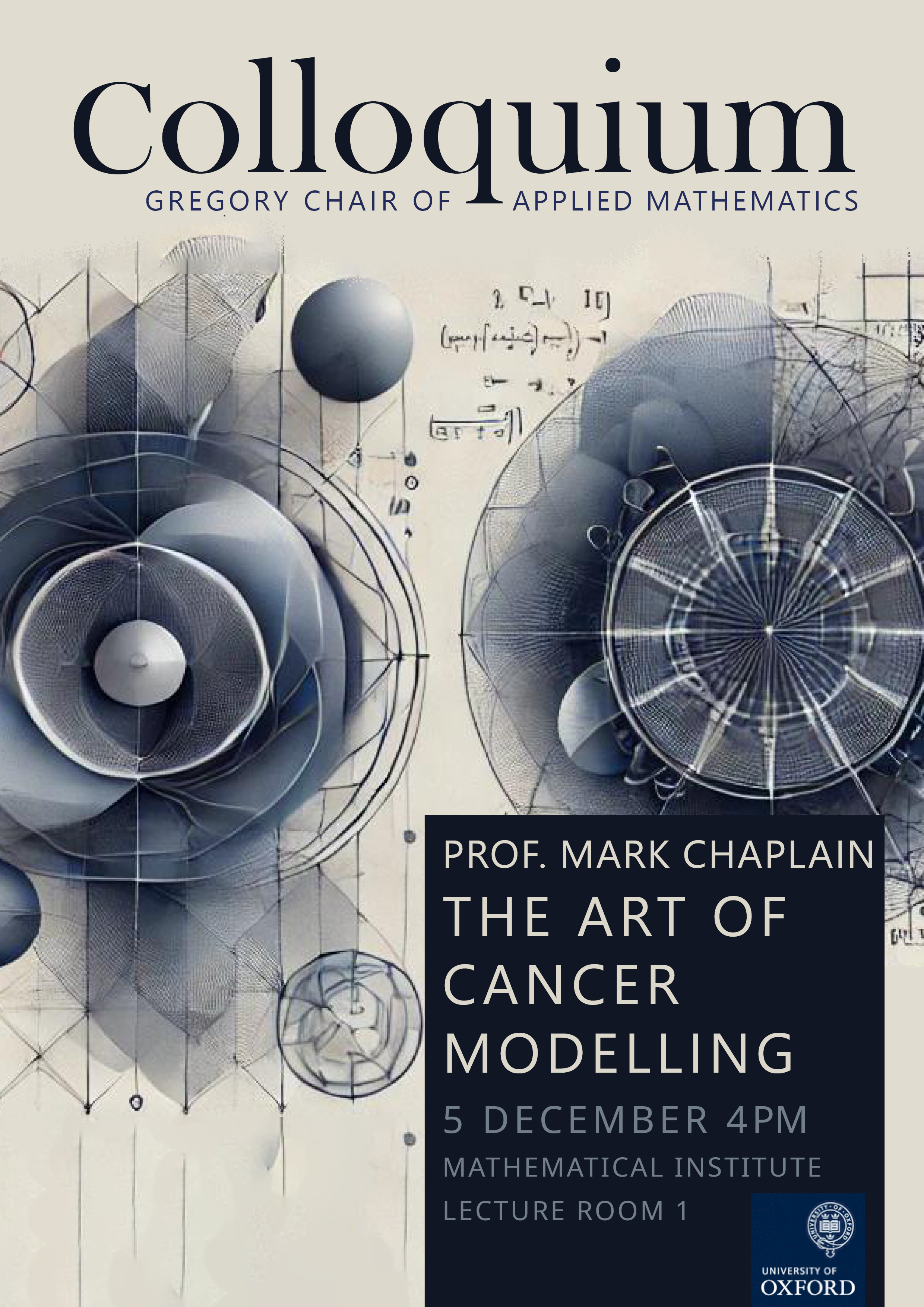14:15
The Schubert variety of a hyperplane arrangement
Abstract
I’ll tell you about some of my favorite algebraic varieties, which are beautiful in their own right, and also have some dramatic applications to algebraic combinatorics. These include the top-heavy conjecture (one of the results for which June Huh was awarded the Fields Medal), as well as non-negativity of Kazhdan—Lusztig polynomials of matroids.



 Tom Blomfield - a Group Partner at
Tom Blomfield - a Group Partner at 